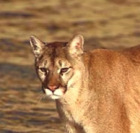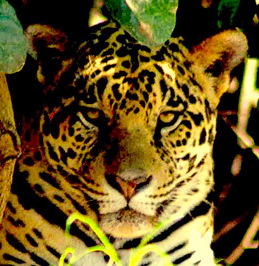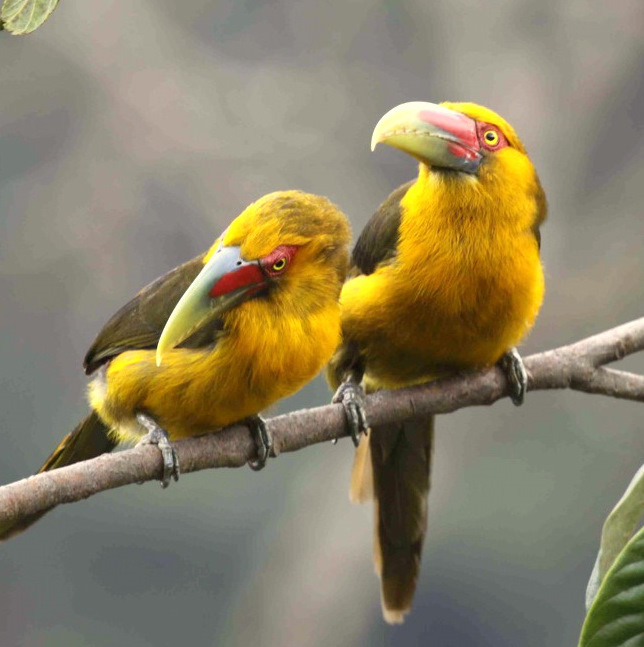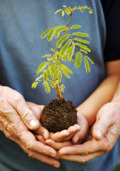SUCRE & POTOSÍ: History, Mines, Incan Thermal Baths and the Tarabuco Market
While many people know that La Paz is the capitol of Bolivia, few seem to know the country has two capitals. La Paz holds most of the power, but Sucre holds the Judicial Branch and the Supreme Court. Sucre is also considered to be the most beautiful city in Bolivia with its colonial heritage, elegant square and white government buildings. It is certainly an intellectual center as well. To get here requires a flight or a long but interesting drive through the desert from Cochabamba.
East and down from Sucre is the Indian village of Tarabuco, which produces much of and some of the best weavings, ponchos, sweaters, etc. in Bolivia. The market is on Sundays, and has recently become quite touristy. Still, good buys can be found.
One can take the train from Sucre to Potosí, and groups traveling together can actually rent a bus converted to fit the tracks! The drive is interesting, but the train gives one a chance to see part of the backcountry usually only accessible by hiking.
Potosí itself, at 13,000 feet, is the world's highest city, and has a rich, historical mining background due to the incredible amount of silver mined from the Cerro Rico mountain looming over the city. With large-scale mining starting in 1545 and not slowing down until the 1800's, Potosí was at one time the largest city in Latin America and one of the largest in the world. Indian and then African slaves working in horrid conditions pulled enough silver out 'to build a bridge to Spain, and still have enough silver to carry on it.'
So horrid were the conditions, with smelting going on in the mine, that from 1545 to 1825 over 8 million Africans and Indians died. By law, all Indian and African men over 18 were required to work 12 hour shifts, eating and sleeping underground without seeing the light of day for four months at a time. With the smoke, arsenic and other poisonous fumes, it is no wonder so many did not survive.
When the mining reforms of 1952 were passed things improved immensely in the government owned mines. Many private mines, however, have remained unchanged since the mid 1500's, and one can step back in time with a visit. In 1987, UNESCO named Potosí a World Heritage Site.
From Potosí one can drive to Oruro on a very bad road, with great scenery only in the first half-hour. We recommend returning to Sucre and flying. One wishing to visit Sucre and Potosí should plan on at least four days.









